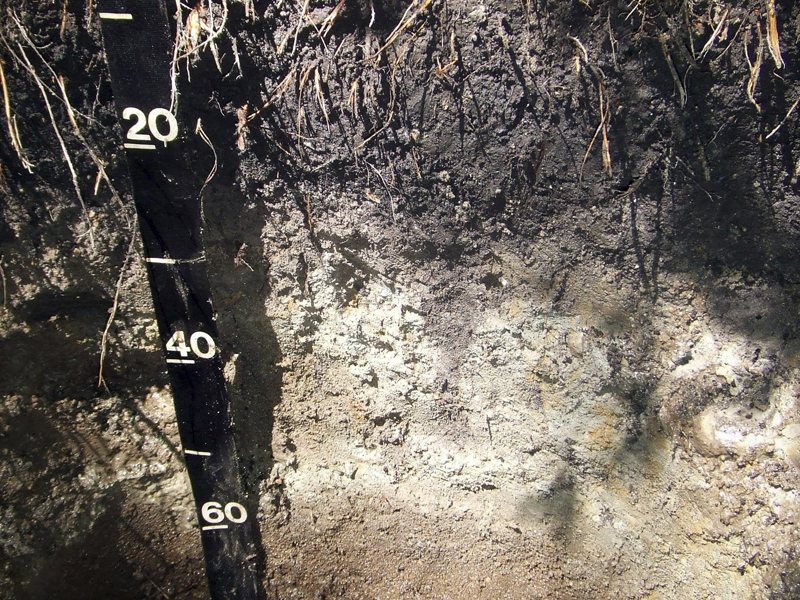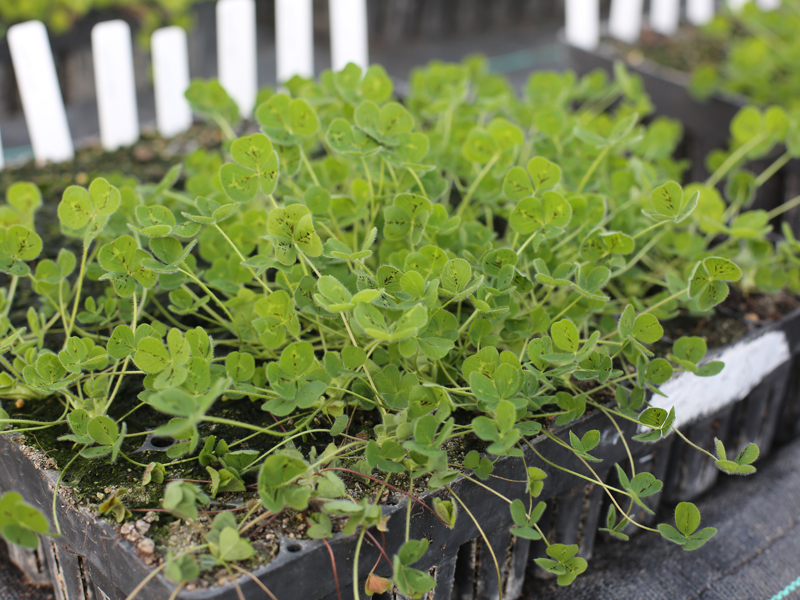Conservation
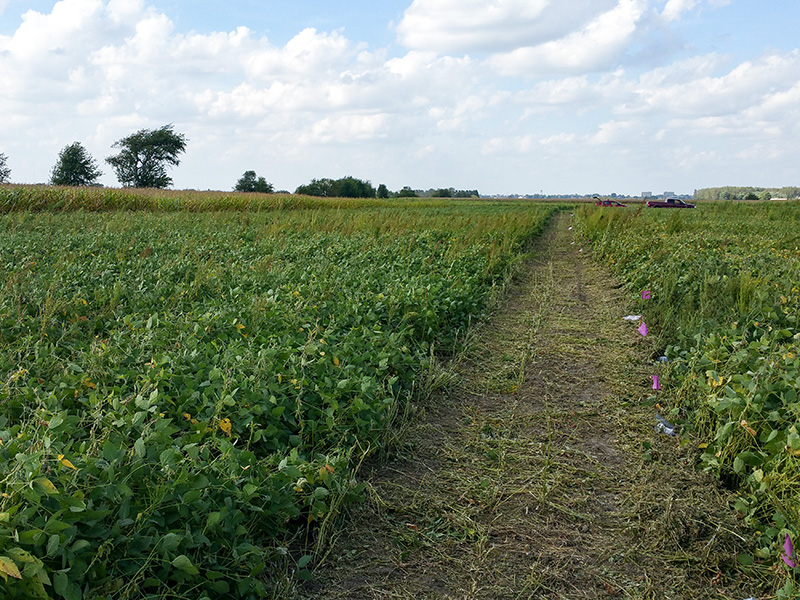
Farmers around the world are keen to protect their most important asset: their soil. The soil supports and enriches their crops. But the relatively thin layer of topsoil can readily wash away into streams, carrying unwanted nutrients with it.
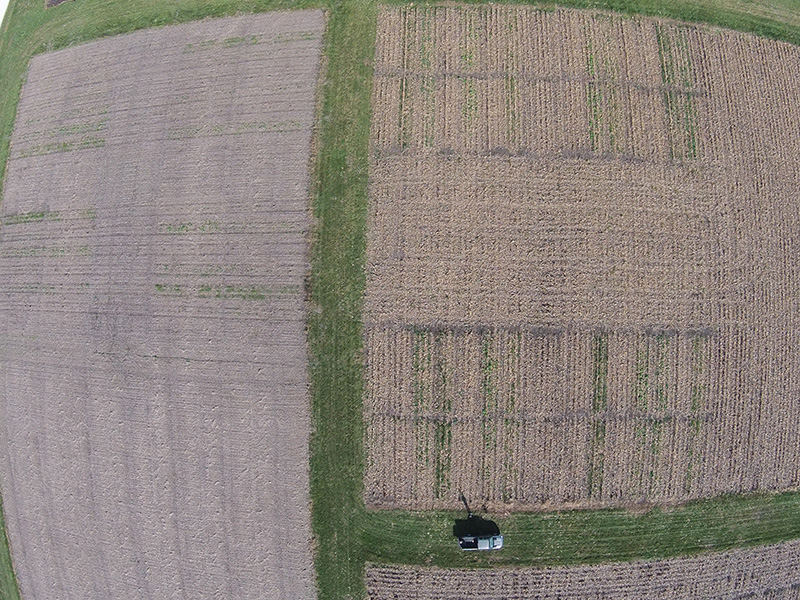
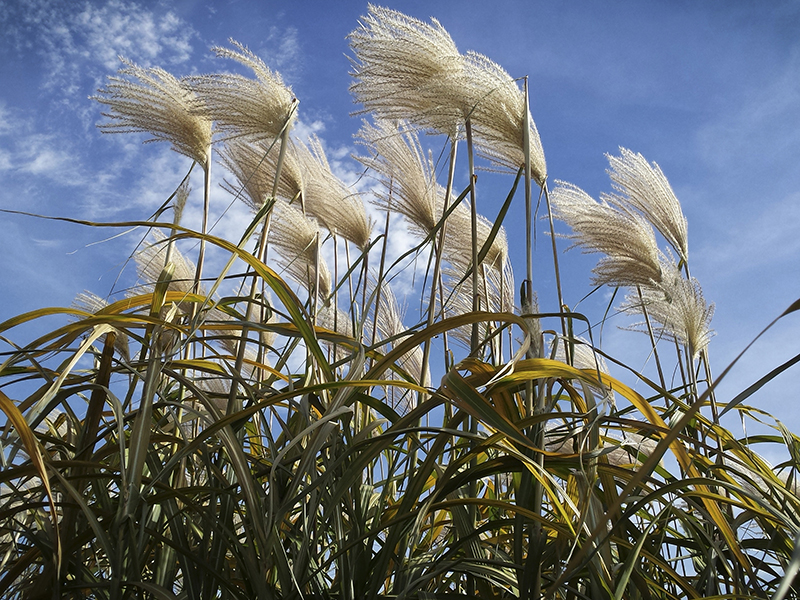
In many regions of the world, farming must be done on areas of soil categorized as histosols. Histosols have a thick layer of rich organic matter, called peat.
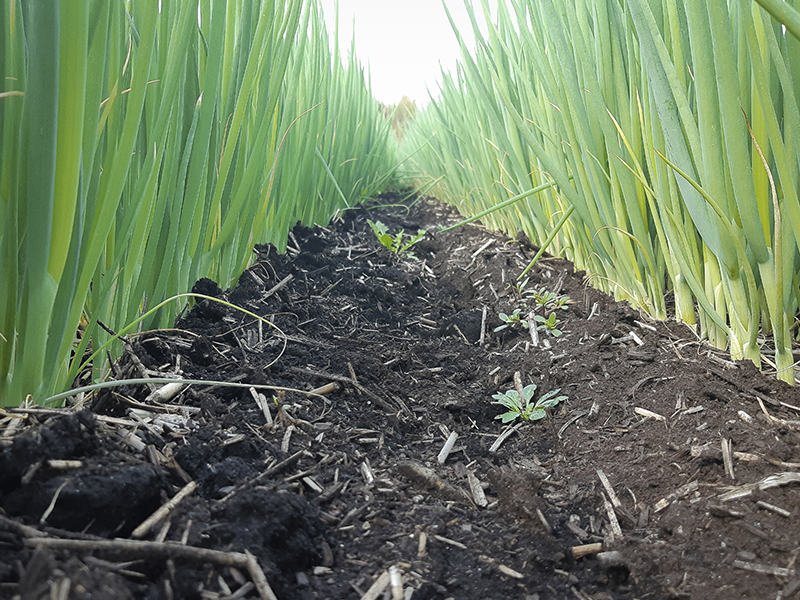
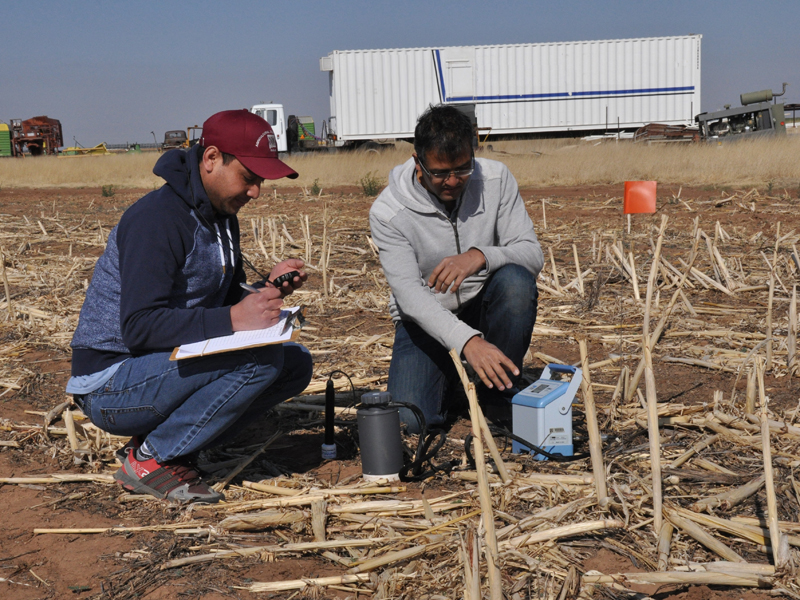
The Southern High Plains of the United States have low annual rainfall. When it does rain, though, intense storms can cause severe soil erosion. Strong winds also strip away valuable topsoil.
Enter cover crops.
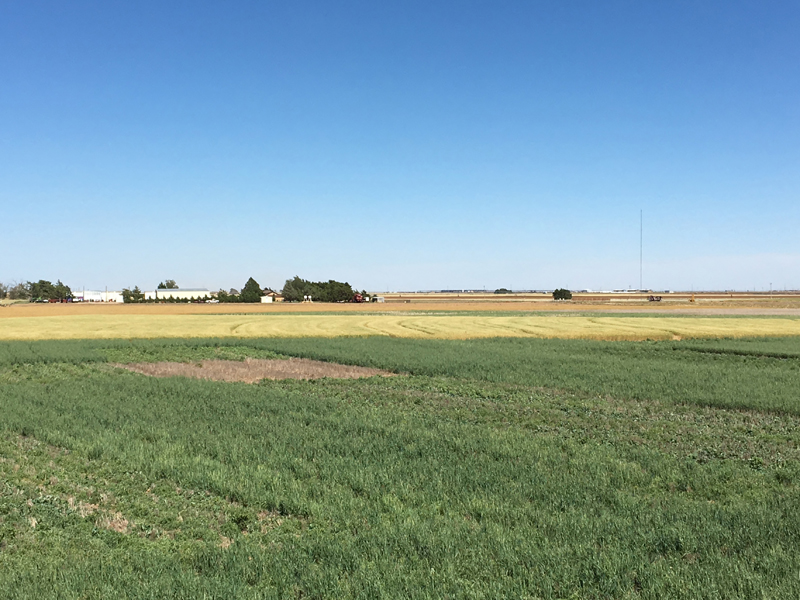
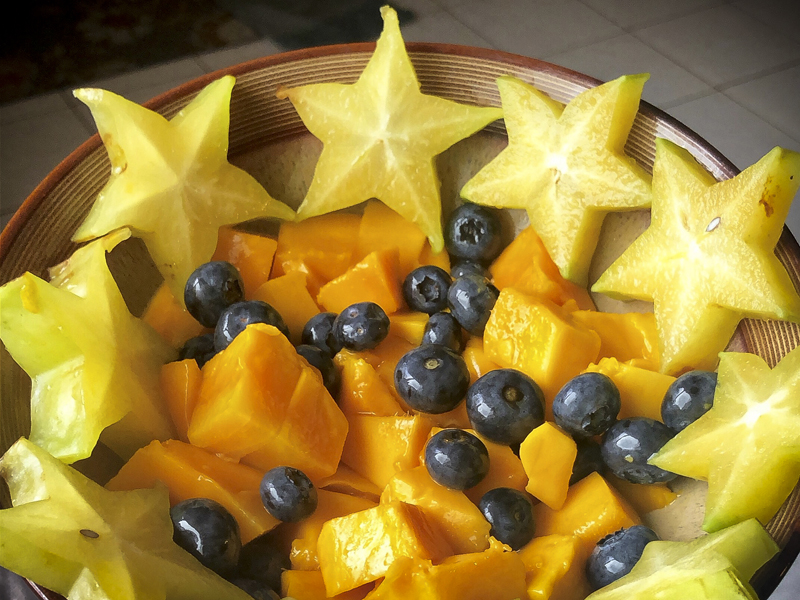
It’s not just oranges that grow in Florida. Carambola, or star fruit as most in the United States call it, is gaining popularity. One researcher from Florida International University is researching how cover crops can help the sustainability of star fruit farms.
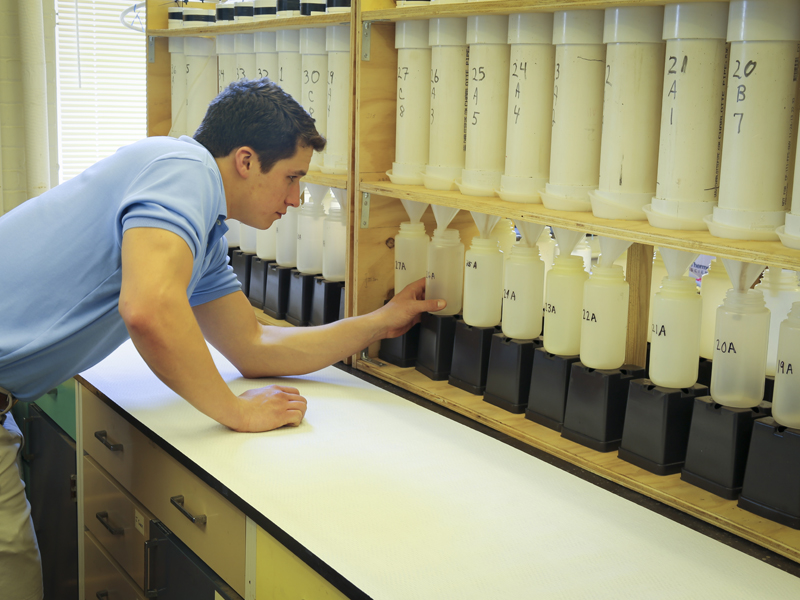
You may have heard how excess nutrients, such as phosphorus, can run off of crop fields. This can cause harm when the nutrients end up in rivers and lakes. However, there are other sources of excess nutrients you might not think of, such as the pots nursery plants come in.
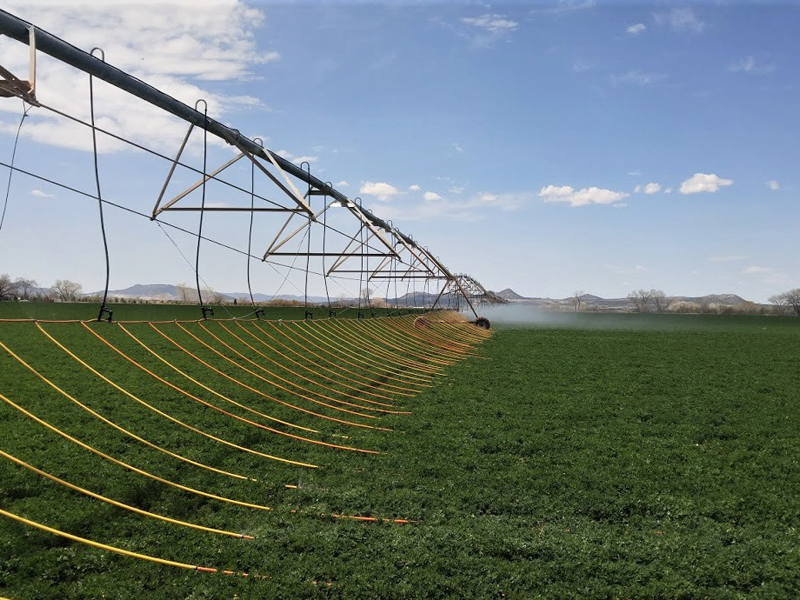
A healthy lifestyle consists of a mixture of habits. Diet, exercise, sleep and other factors all must be in balance. Similarly, a sustainable farm operates on a balanced plan of soil, crop, and water management techniques.
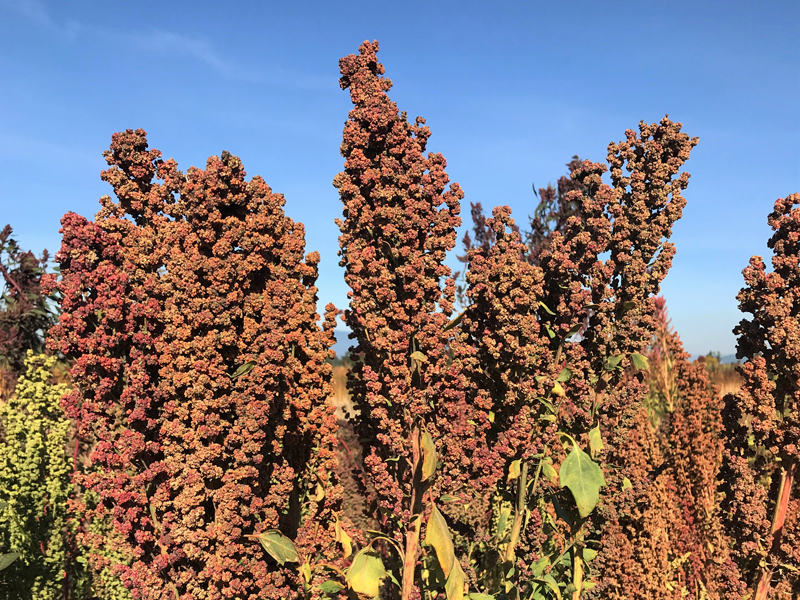
Quinoa is a healthy food many know and love. As its popularity grows, more farmers are interested in planting it. However, the plant doesn’t do well in high temperatures, so plant breeders are trying to help.
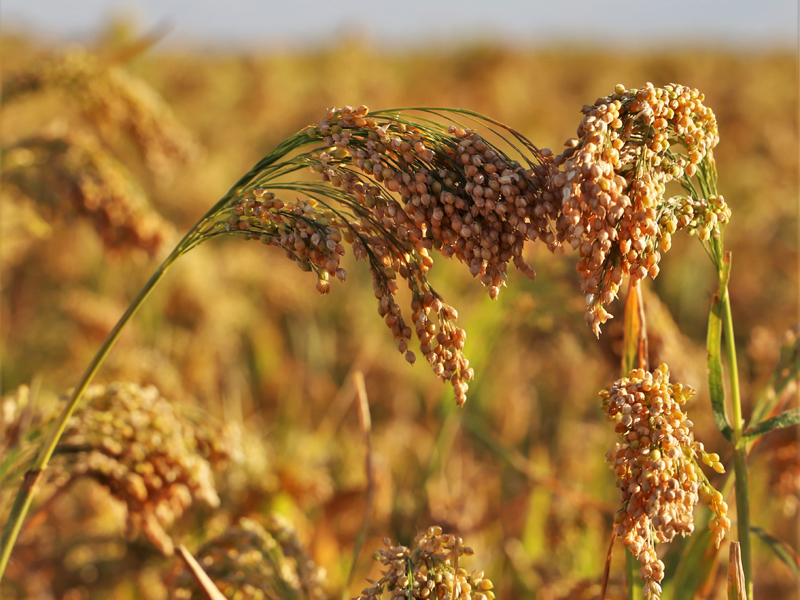
In the semi-arid tropics of Asia and Africa, conditions can be difficult for crops. Plants need to have short growing seasons, survive on poor soils and tolerate environmental stresses.
Enter, the millets.

